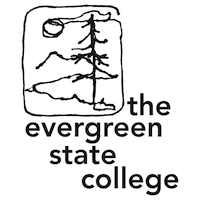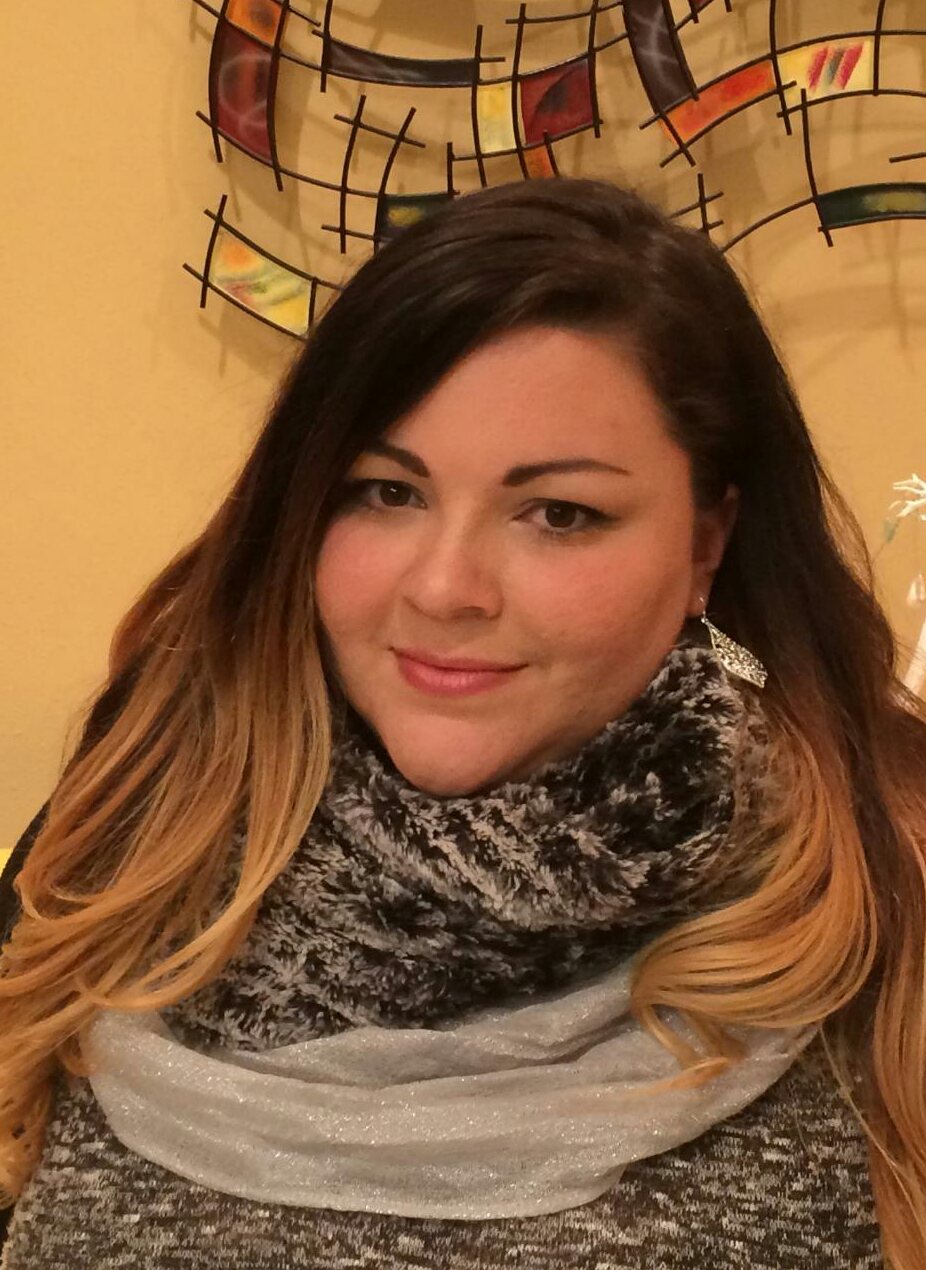Below is a summary of the abstract you submitted. Presenting author(s) is shown in bold.
If any changes need to be made, you can modify the abstract or change the authors.
You can also download a .docx version of this abstract.
If there are any problems, please email Dan at dar78@pitt.edu and he'll take care of them!
This abstract was last modified on April 21, 2015 at 8:07 p.m..

The student participants in our second cycle of the SEA-PHAGE project were again members of the interdisciplinary program Introduction to Natural Sciences, a year-long, full-time learning community with integrated instruction in biology and chemistry. During the fall quarter students collected and purified phages using enrichment cultures of Mycobacterium smegmatis mc2 155 as a host. This year 33 phages were isolated from local soils, purified, and entered into the PhagesDB collection. These will be archived. This set of phages had their DNA purified and analyzed by restriction enzyme digestion and gel electrophoresis. Successful DNA extractions were completed for 30 of the phages. There were 28 successful restriction enzyme experiments that revealed in some cases extremely different cutting patterns. Phages were also analyzed by transmission electron microscopy after negative staining with uranyl acetate. This resulted in clear images of 30 of the isolated phages, all of which appeared to be siphoviridae.
The phages sequenced were SoilDragon and Rimmer. DNA from these phages was sequenced using the Illumina process at the Pittsburg Bacteriophage Institute. The sequence of SoilDragon revealed a 50,293 bp linear double stranded DNA genome with a ten bp 3’ overhang and with a GC content of 64 %. Analysis of the sequence of this phage confirmed that it was a siphoviridae in the A3 subcluster. We also examined an A3 phage (P28Green) in last year’s work. BLASTn and dot-plot comparison (using Gepard) of SoilDragon and P28Green indicated that although there was overall similarity in nucleotide sequence and gene content, there were two distinct areas that showed little or no nucleotide similarity between these two phages. BLASTn results showed that SoilDragon phage was most closely related to the previously annotated phage Jobu08.
Rimmer’s genome is a 75660 bp dsDNA with a 9 bp 3’ overhang and a GC content of 63%. BLASTn results indicated its closest relatives were Cluster E phages Willez and Sassay. Dotplot analysis indicated the presence of an inserted DNA sequence not present in Willez. Both genomes were analyzed for potential protein coding open-reading frames using Glimmer and GeneMark, and protein functions were predicted by BLASTp and HHPred, as well as examining synteny with related phages. Preliminary results suggest the presence of at least 86 protein coding genes in SoilDragon and 142 in Rimmer. The Aragorn algorithm also identified three tRNA genes in SoilDragon and two in Rimmer. Further work is being conducted to identify and confirm all protein coding regions and to identify functions for predicted protein products.


